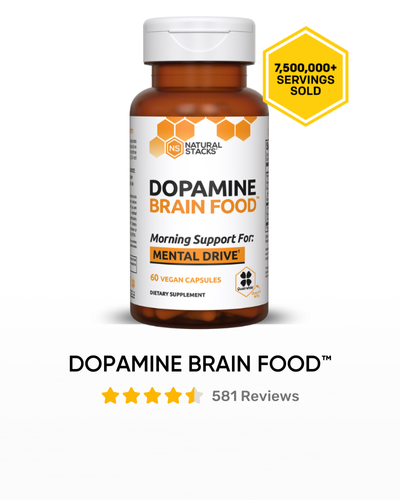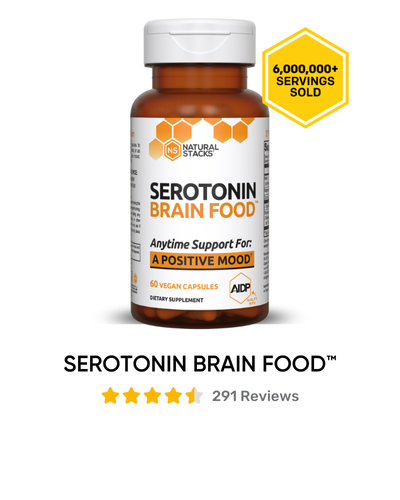How Physical Activity Promotes Health in Depressed Individuals

Depression is a serious mood disorder affecting people of all ages worldwide.
It not only makes their daily lives harder, but it also increases the risk of some diseases.
In fact, depression has been commonly associated with shortened life expectancy, largely attributed to cardiovascular diseases.
One of the main reasons for this is the modified activity of the autonomic nervous system, as well as the increased levels of inflammatory markers.
However, physical exercise may successfully counteract this impact and promote health in depressed individuals.
A recent review published in the International Journal of Environmental Research and Public Health assesses the effect of physical exercise on cardiovascular risk brought on by depression.
What’s Important
In today’s world, concerns about mental health are becoming more and more prevalent, and the risks associated with it are more familiar than in the past.
According to recent research, 4.4% of the world’s population suffers from some form of a depressive disorder. [1]
This percentage shows that depressed individuals should be a high priority because of their heightened risk of cardiovascular diseases.
Physical activity may be perfectly adequate as a form of treatment. It helps to not only prevent cardiovascular mortality, but also to improve the mental state of depressed individuals.
The Details
The connection between depression and cardiovascular mortality is complicated, but it’s thought that genetic background and behavioral habits might have something to do with it.
Biological Factors
Some people who suffer from major depression are biologically prone to developing nearly all risk factors connected to cardiovascular health.
For example, they have a higher probability of being overweight or developing obesity since adolescence [2], as well as type 2 diabetes [3], and high blood pressure [4].
Depressed individuals also seem to have a dysregulated homeostatic system.
Their immune system also seems dysregulated, usually going into an exaggerated pro-inflammatory state in both the periphery and the central nervous system.
Psychosocial Factors
Depressed individuals are more likely to engage in unhealthy lifestyles, which, in turn, increases the risk of cardiovascular diseases.
This includes having an unhealthy diet, consuming more alcohol, and smoking more.
Depressed individuals are also less likely to engage in regular physical activity and more often display sedentary behavior.
How Physical Activity May Help
Turning the focus towards physical inactivity as part of the treatment may be a successful way to lower the risk of cardiovascular mortality associated with depression.
Its effects are two-fold - better cardiovascular health and better mental health.
In Conclusion
Unfortunately, despite all the evidence of its efficacy, physical activity remains under-prescribed.
It’s usually included in some guidelines for treatment, but no further effort is made.
This review suggests that more diligent measures should be taken in terms of prescribing exercise as part of the treatment for depression.
Resource: Belvederi Murri, M.; Folesani, F.; Zerbinati, L.; Nanni, M.G.; Ounalli, H.; Caruso, R.; Grassi, L. Physical Activity Promotes Health and Reduces Cardiovascular Mortality in Depressed Populations: A Literature Overview. Int. J. Environ. Res. Public Health 2020, 17, 5545.
References:
1.https://apps.who.int/iris/bitstream/handle/10665/254610/WHO-MSD-MER-2017.2-eng.pdf
2.https://onlinelibrary.wiley.com/doi/full/10.1111/eci.12982
3.https://onlinelibrary.wiley.com/doi/abs/10.1002/da.22387
4.https://journals.lww.com/jhypertension/Abstract/2012/05000/Depression_increases_the_risk_of_hypertension.2.aspx










